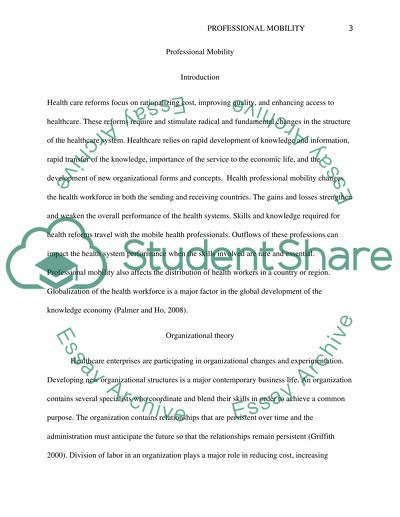Cite this document
(“Health Systems and Economics 2012 Essay Example | Topics and Well Written Essays - 2500 words”, n.d.)
Retrieved from https://studentshare.org/health-sciences-medicine/1401835-health-systems-and-economics
Retrieved from https://studentshare.org/health-sciences-medicine/1401835-health-systems-and-economics
(Health Systems and Economics 2012 Essay Example | Topics and Well Written Essays - 2500 Words)
https://studentshare.org/health-sciences-medicine/1401835-health-systems-and-economics.
https://studentshare.org/health-sciences-medicine/1401835-health-systems-and-economics.
“Health Systems and Economics 2012 Essay Example | Topics and Well Written Essays - 2500 Words”, n.d. https://studentshare.org/health-sciences-medicine/1401835-health-systems-and-economics.


